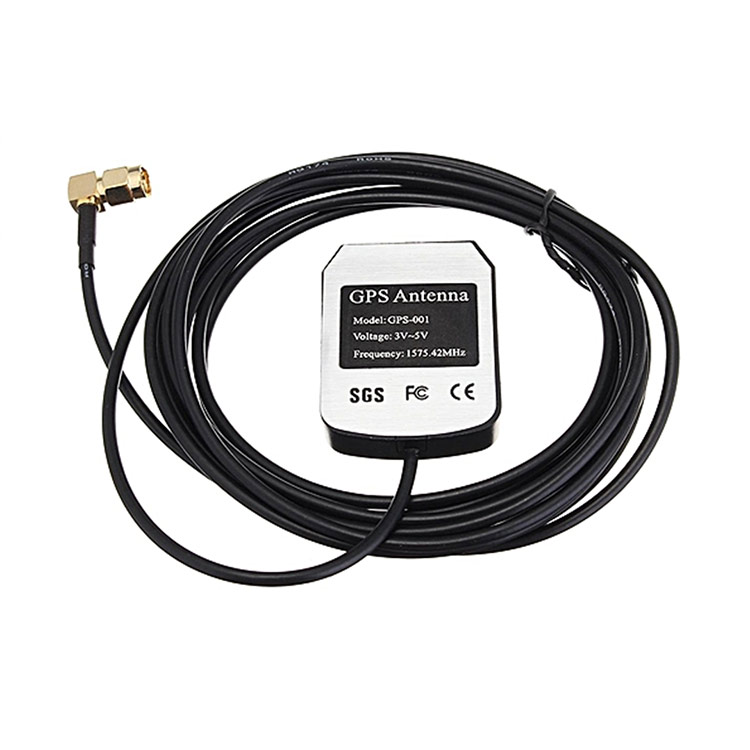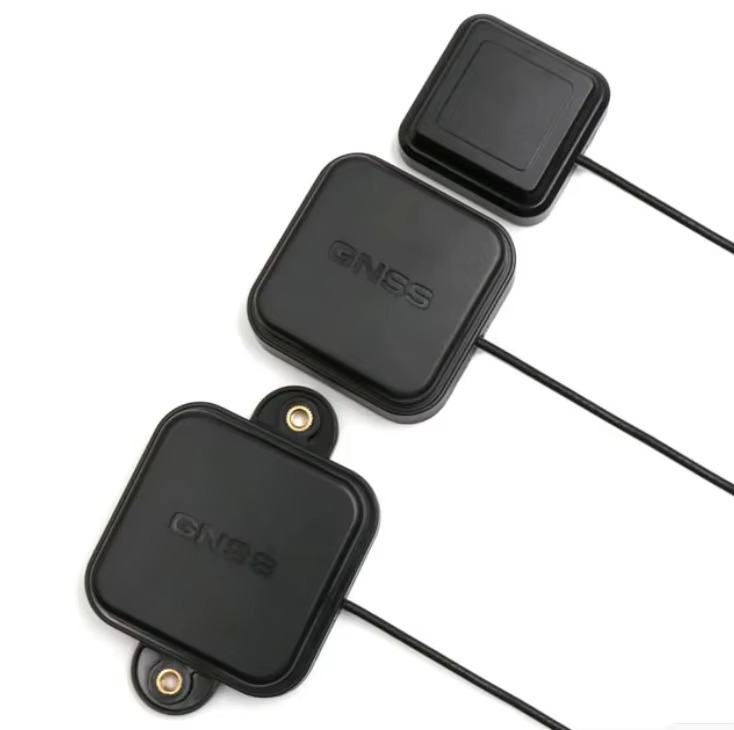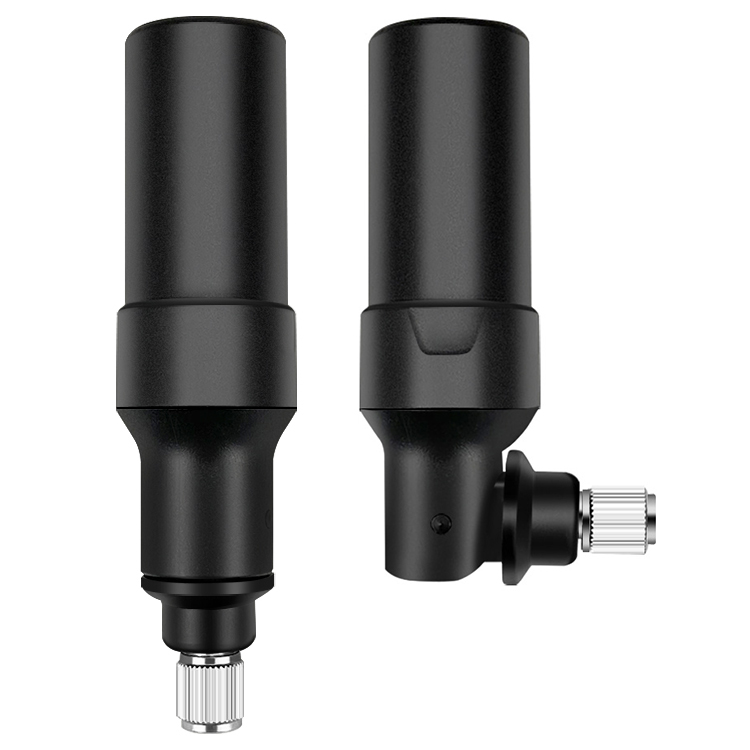Applications
Automotive Navigation: Compact GPS L1 L2 antennas are widely used in automotive navigation systems to provide accurate positioning information for drivers. They are integrated into the vehicle's dashboard or roof, enabling features such as turn-by-turn navigation, real-time traffic updates, and parking assistance.
Aviation: In aviation, these antennas are used in aircraft navigation systems to ensure accurate flight paths, safe landings, and efficient air traffic management. They are often integrated into the aircraft's fuselage or wings, providing reliable GPS signal reception even at high altitudes and speeds.
Maritime Navigation: Compact GPS L1 L2 antennas are essential for maritime navigation, enabling ships and boats to determine their position, course, and speed accurately. They are used in various maritime applications, including commercial shipping, fishing, and recreational boating.
Precision Agriculture: In agriculture, these antennas support precision farming techniques by providing accurate location data for machinery and crop monitoring. They are integrated into tractors, combines, and drones, enabling farmers to optimize their operations and increase yields.
Personal Navigation: Compact GPS L1 L2 antennas are also used in personal navigation devices, such as smartphones, smartwatches, and fitness trackers, providing users with accurate positioning information for outdoor activities, fitness tracking, and emergency services.
Future Trends
Multi-Constellation Support: The integration of GPS with other global navigation satellite systems (GNSS), such as GLONASS, Galileo, and BeiDou, is a growing trend. Future compact GPS L1 L2 antennas are expected to support multiple constellations, providing users with more accurate and reliable positioning information, especially in challenging environments.
Advanced Signal Processing: The development of advanced signal processing algorithms will continue to improve the performance of compact GPS L1 L2 antennas. These algorithms will enable better multipath mitigation, interference rejection, and signal acquisition, enhancing the overall accuracy and reliability of GPS systems.
Internet of Things (IoT) Integration: As the IoT ecosystem expands, compact GPS L1 L2 antennas will play a crucial role in enabling location-based services for IoT devices. These antennas will be integrated into various IoT applications, such as smart cities, asset tracking, and environmental monitoring, providing real-time location data for improved decision-making.
5G and Beyond: The deployment of 5G networks and the development of future wireless communication technologies will influence the design of compact GPS L1 L2 antennas. These antennas will need to coexist with 5G and other high-frequency signals, requiring advanced filtering and isolation techniques to prevent interference.
Conclusion
Compact GPS L1 L2 antennas have become an essential component of modern navigation and positioning systems, offering accurate and reliable signal reception in a small form factor. Their design and construction involve careful consideration of antenna elements, materials, and miniaturization techniques to achieve high performance and durability. The working principles of these antennas, including signal reception, gain, radiation pattern, impedance matching, and multipath mitigation, are crucial for their effective operation. Despite facing challenges such as design complexity, signal interference, cost, and multipath interference, compact GPS L1 L2 antennas continue to evolve, driven by advancements in technology and increasing demand for GPS-enabled devices. Their applications span across various sectors, including automotive, aviation, maritime, agriculture, and personal navigation, with future trends pointing towards multi-constellation support, advanced signal processing, IoT integration, and coexistence with 5G and beyond. As GPS technology continues to advance, compact GPS L1 L2 antennas will remain at the forefront, enabling precise positioning and navigation for a wide range of applications.




































































 Language
Language
 En
En Cn
Cn Korean
Korean

 Home >
Home > 







 18665803017 (Macro)
18665803017 (Macro)













